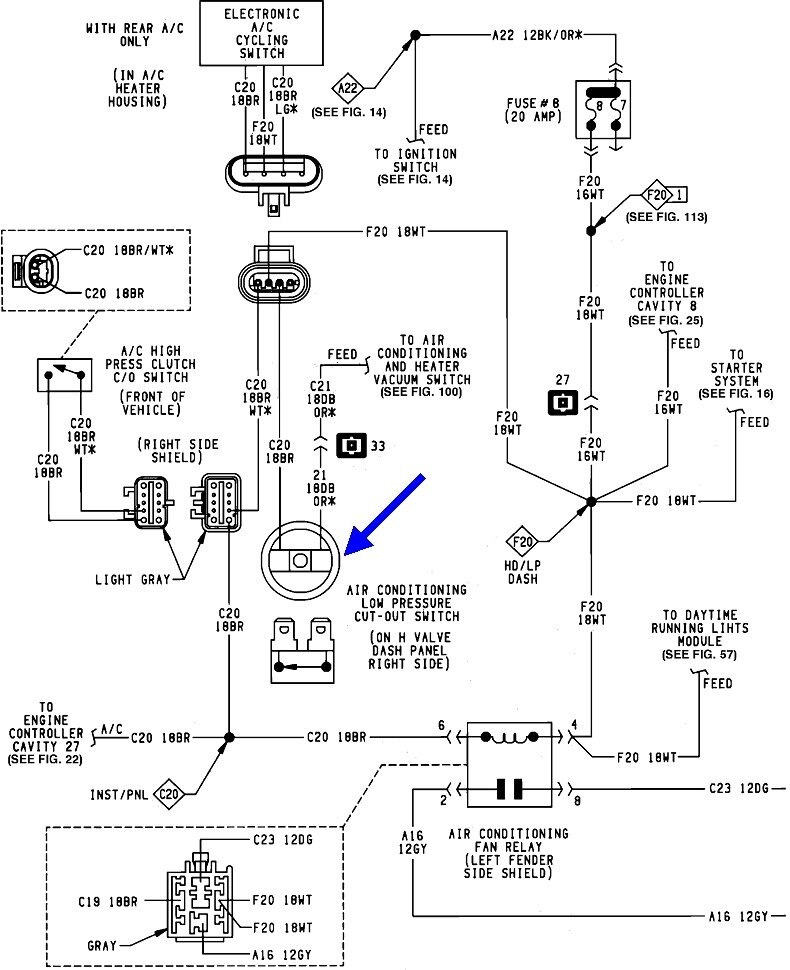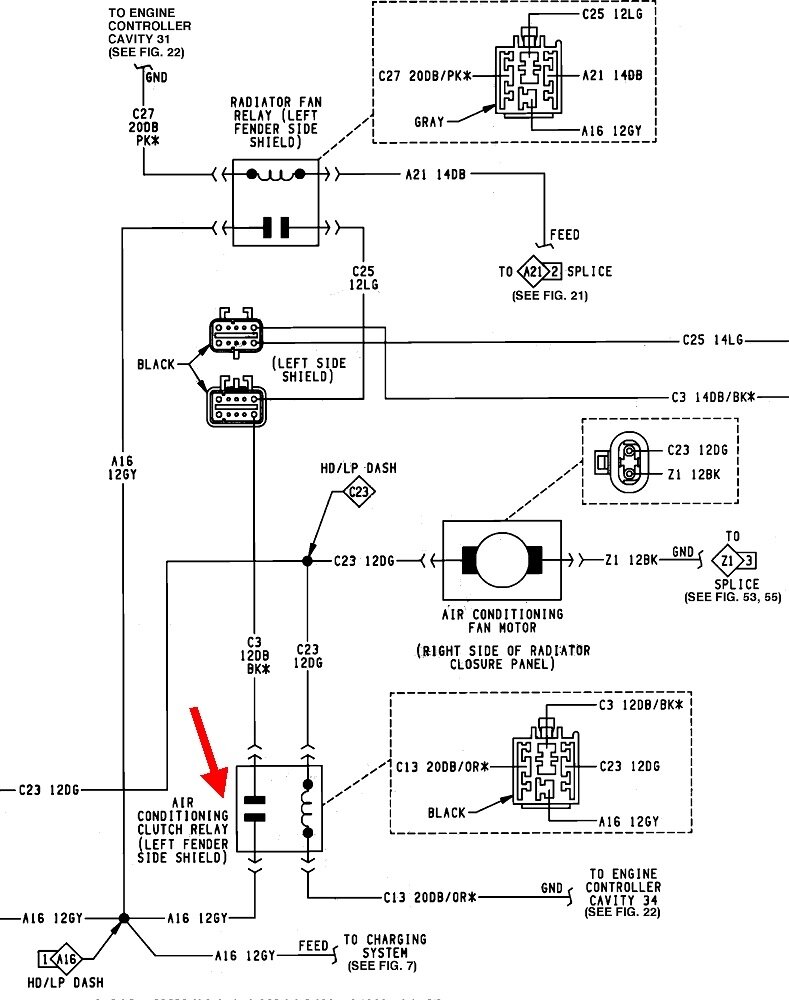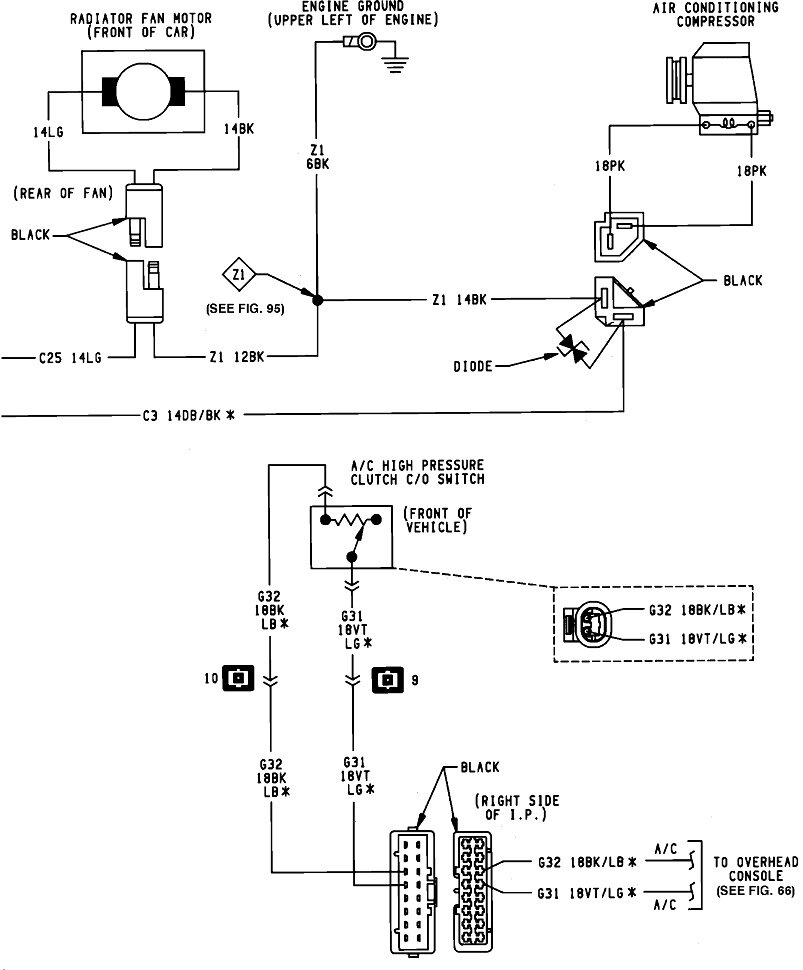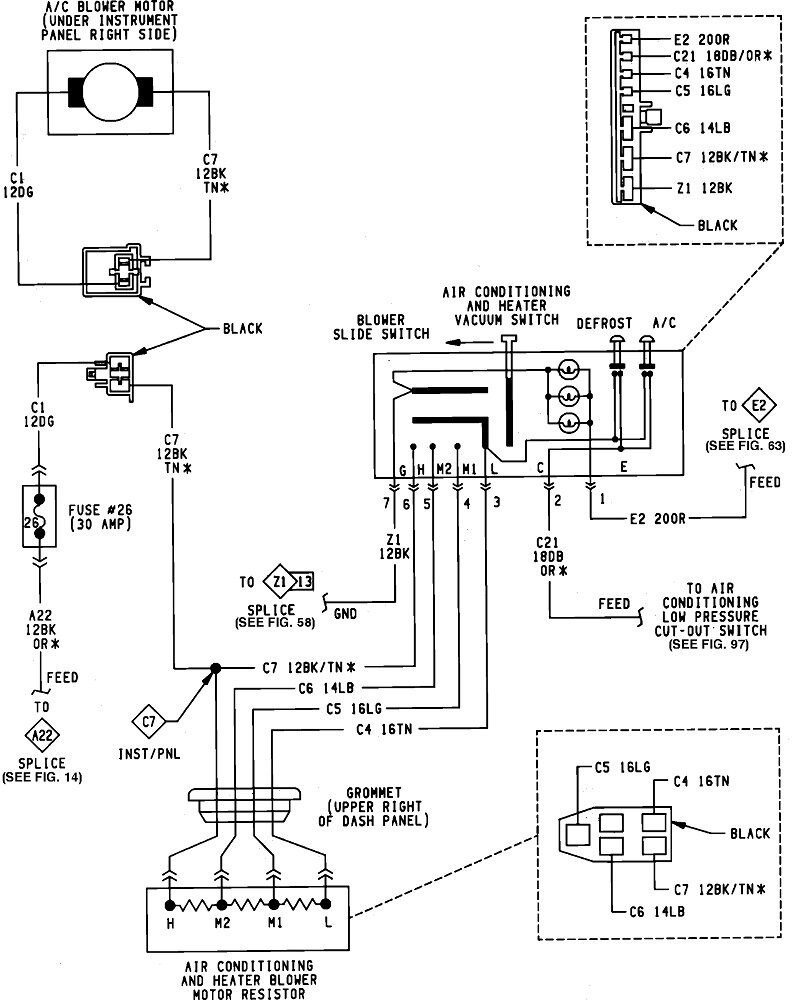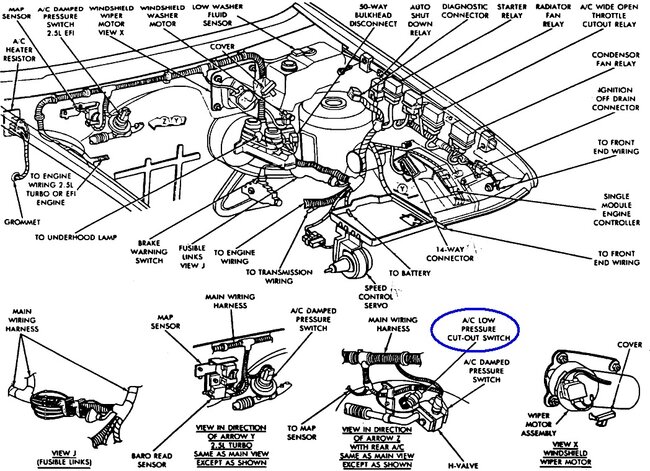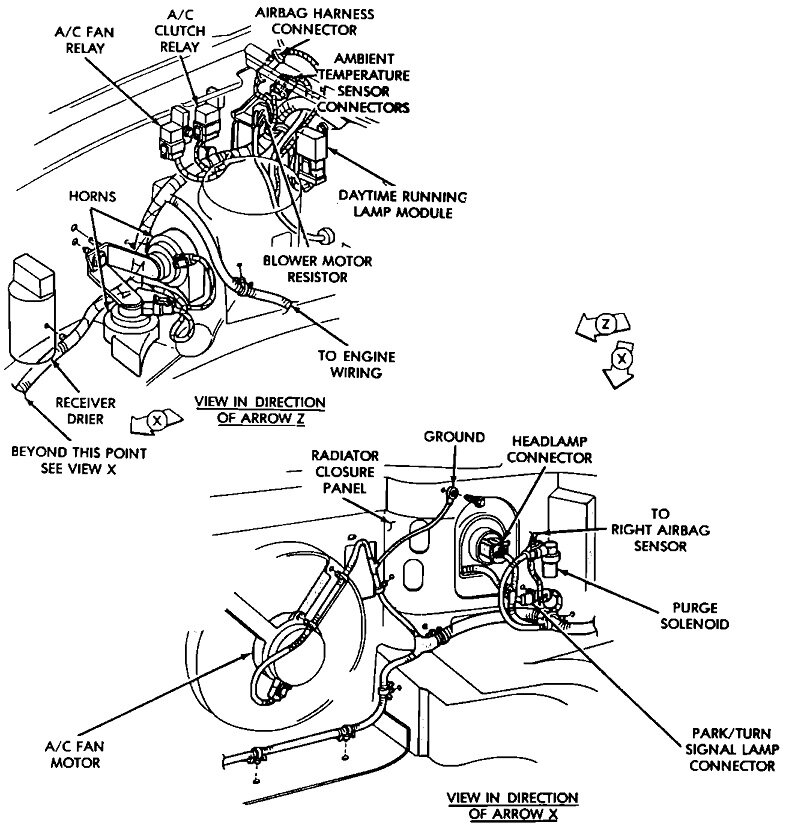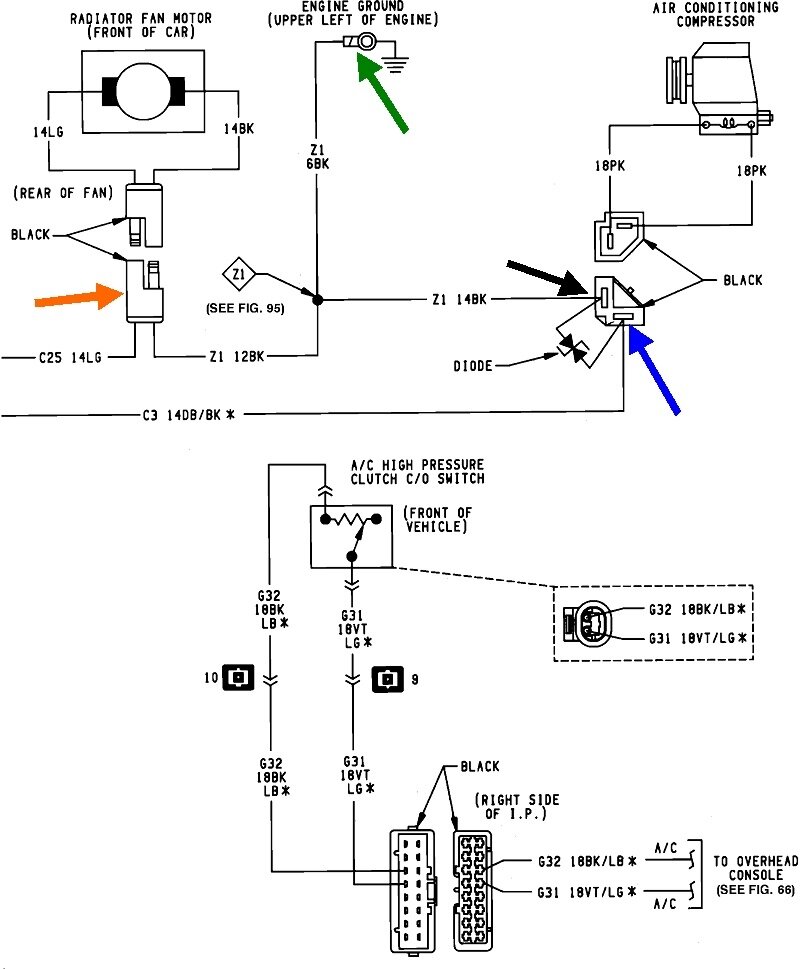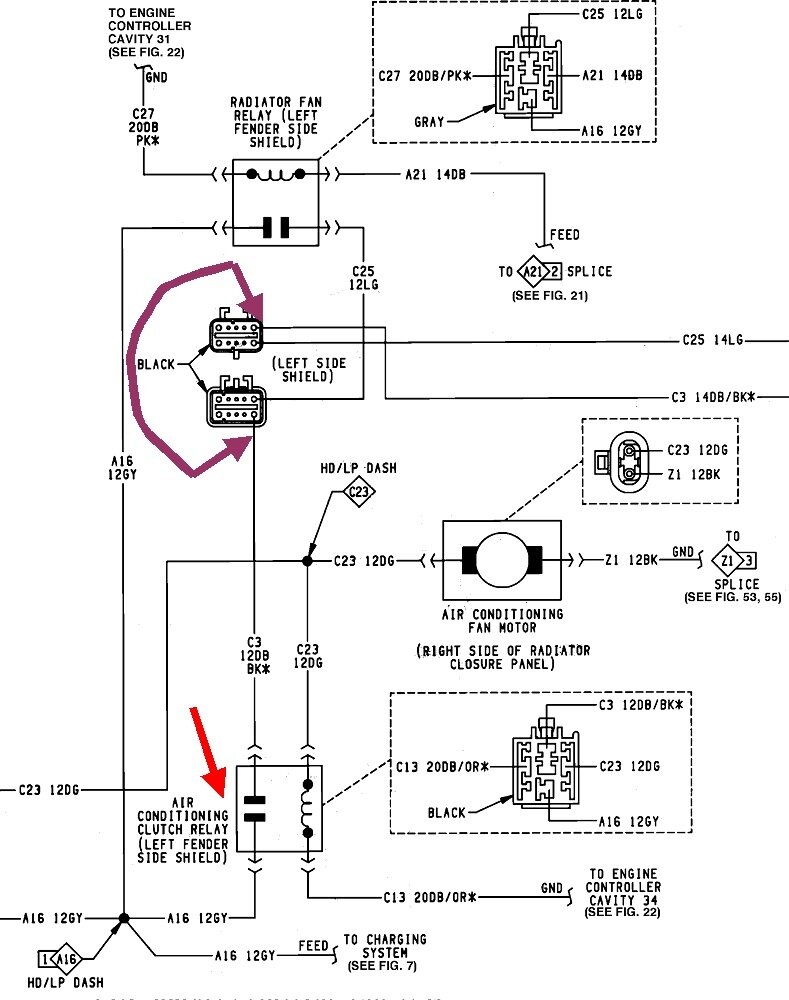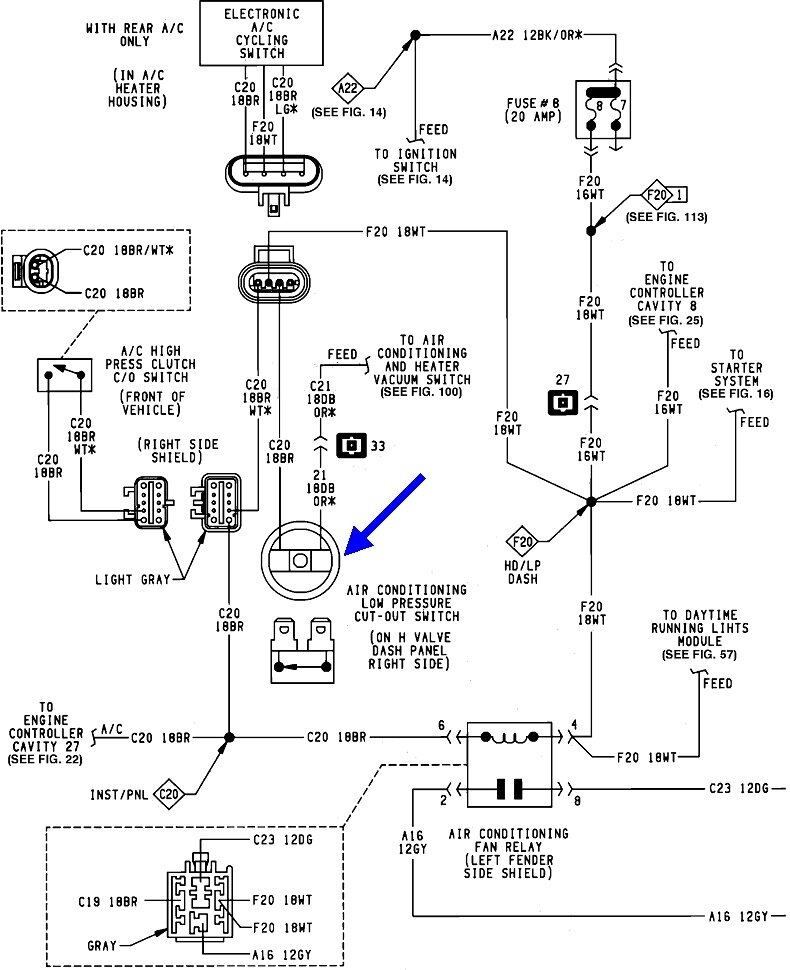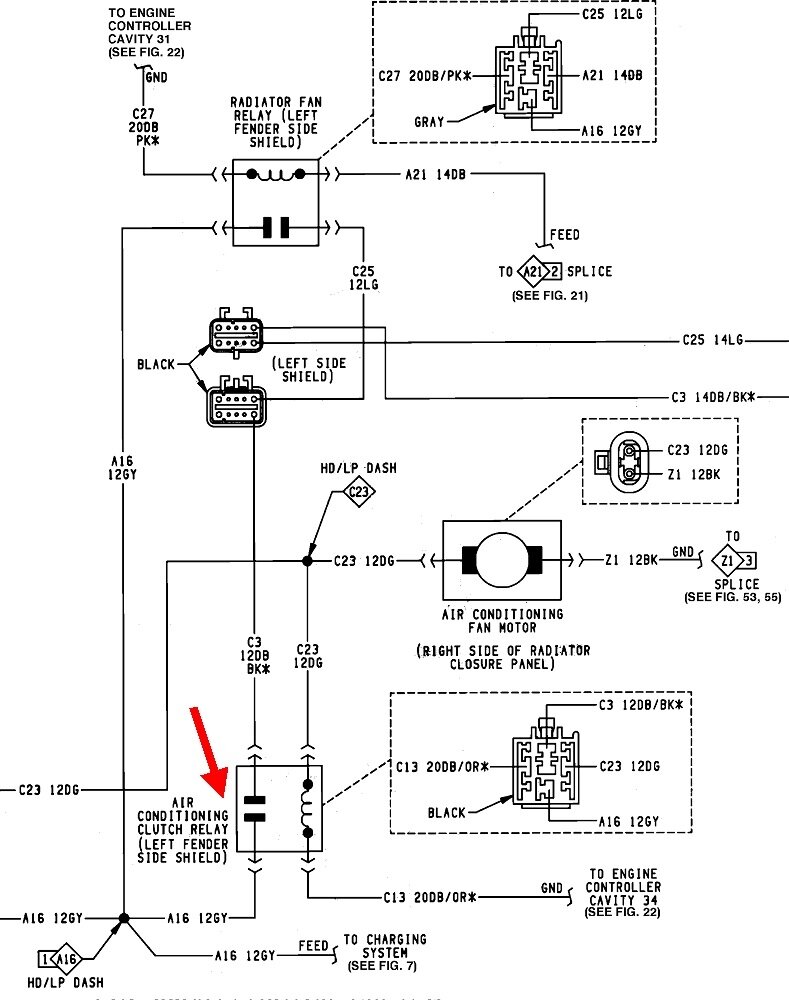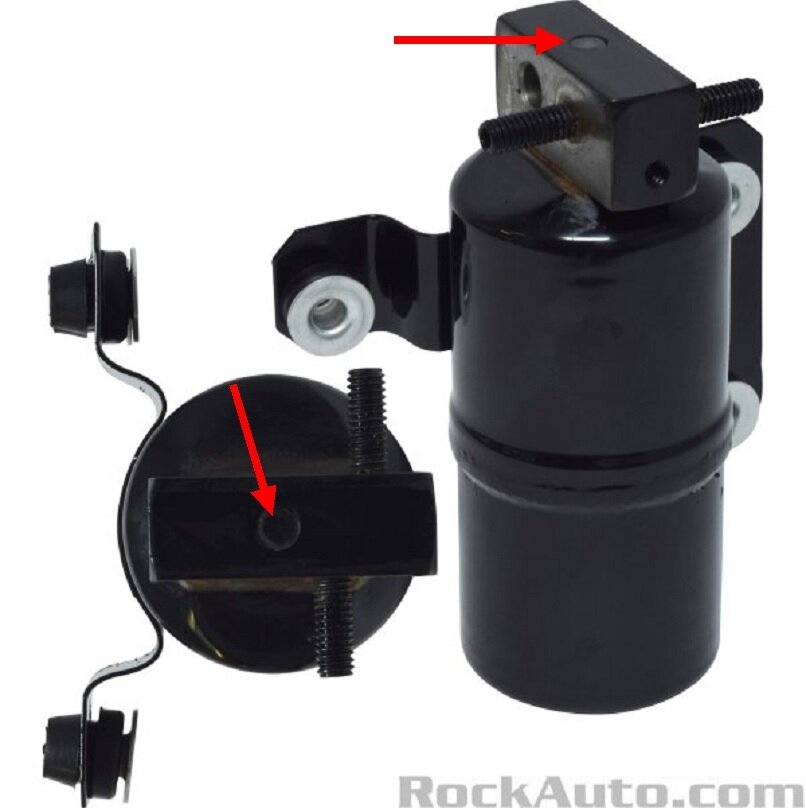You have something else going on.
First, for the benefit of others researching this topic, allow me to remind you how dangerous it is to work with refrigerant. It can cause blindness and frostbite. Professionals always wear gloves, safety glasses, AND a face shield. Watch for the telltale mist around a leaking connection such as a charging hose. I like to twist a rag around hose connections because of the escaping refrigerant when disconnecting those hoses.
The next warning is for the benefit of the AC system. If it was opened to replace a part, or if it was totally empty for a period of time, the system must be pumped into a vacuum for at least 30 minutes before adding refrigerant. When air gets into the system, it's the humidity that comes along with it that will cause the damage and possible poor or intermittent cooling. The receiver / drier is also supposed to be replaced at the same time, but we don't always do that. The desiccant in it can hold roughly ten droplets of water. If any water circulates in the system, it leads to corrosion of metal parts, most often the evaporator and condenser. It will also freeze at the expansion valve causing blockage that stops the flow of refrigerant until it melts. Then it will circulate through the system until it freezes there again. Until it thaws and circulates again, cooling will be lost. That can last from a few minutes to perhaps a half hour or more. Pumping the system into a vacuum causes the water to boil at 77 degrees F. And turn into a vapor that can be pumped out.
Once the system has been pumped into a vacuum, when refrigerant is added from a charging station, it expands as it warms up. That increased pressure turns on the low-pressure cut-off switch and allows the compressor clutch to be turned on by the control circuit.
When you're charging from the one-pound cans, the pressure should go high enough to also turn on that switch, however, the volume going in is rather low, so expect the compressor to quickly pump all that refrigerant into the high side, leaving the low side too low for a few seconds to keep the low-pressure cut-out switch engaged. The system will cycle on and off, with the "on-times" becoming longer and longer as the pressures build up.
As the low-side pressure increases, the rate of flow from the can will go down. Eventually the low side pressure will equal that in the can and all flow will stop. An easy trick to get the last 3/4 out of the can is to set it in a pot of hot water. It's not uncommon to totally empty the can that way in less than 30 seconds. The heat expands the refrigerant and raises its pressure well higher than that in the low side of the system. Always keep the top of the can up so only vapor goes into the charging hose, especially when using the hot water. Compressors can't pump or tolerate liquid refrigerant. If we're lucky, the compressor will just lock up and slip the drive belt until the refrigerant vaporizes. If we're not lucky, the compressor will be damaged.
For my next comment of value, '93 and older AC systems can be retrofitted to use the newer R-134 which is less expensive and easier to find. That was originally a rather expensive and complicated procedure. Different hoses were required with nylon liners because the R-134 molecules are smaller and will seep through the rubber hoses. The compressor was supposed to be replaced with one that develops about twice the high-side pressure to get the same efficiency. That meant replacing the evaporator and condenser with units that could withstand those higher pressures.
The good news is over time that got simplified to replacing the oil in the compressor with oil that is compatible with R-134, and installing non-removable charging fitting adapters that match R-134 equipment.
Okay, to continue, if you've already added two cans, the system might be seriously over-charged, or it has been leaking out somewhere. If your van has a rear heater and AC system, it calls for 45 ounces of refrigerant. If there's no rear unit, it calls for 34 ounces; just over two cans total.
Over-charging is more harmful than under-charging, both to the system and to efficiency. With the proper amount of refrigerant, the evaporator in the dash will have liquid in the bottom half and vapor in the top half. The point at which it changes state from liquid to vapor is the point at which it absorbs a real lot of heat and becomes cold. You want that point to be right in the middle of the fresh air flow coming in. When the system is over-charged, the evaporator is filled with liquid. It turns to a vapor in the hose under the hood going to the compressor. That's where it turns cold. It doesn't do any good turning cold under the hood. The other fear is that liquid could slosh into the compressor causing permanent damage to it.
Please let me add two more observations so I can get that over with. One is a neat fact about R-12. When it is at rest, meaning in a can or in the vehicle's system with the engine off, its pressure follows its temperature almost exactly. At 60 degrees, you'll find the pressure in the can and in the system is very close to 60 psi. Don't know if that applies to R-134 or R-22.
The second observation is if you start with that 60 psi in the system, then bleed some off, the pressure will drop. At a lower pressure, the refrigerant will boil, some will turn to a vapor which means it will expand a lot, and that makes the pressure go right back up to 60 psi. If you continue to bleed off, let's say half the refrigerant in the system, what's left will partially vaporize, expand, and the pressure goes right back to 60 psi. This fact can be summed up by, saying, "if there is even one drop of liquid refrigerant left in the system, the pressures on the gauges will very nearly equal the temperature". That means you can't tell how much charge is in the system by looking at a pair of gauges. Remember, that only applies to a system at rest. In that state the high and low sides need time to equalize.
Now is where the fun begins. I became confused when you started talking about gauges. Most charging from one-pound cans is done without any gauges or with a single gauge on the hose. If you have a gauge on the high side, you must be using a pair of gauges made for this purpose. Regardless, the pressure can't go from 40 psi to "0" when the compressor starts pumping. That's what could happen on the low side. If you're charging with a single hose from the can, that hose will only fit on the low-side fitting.
If you already have added two cans of refrigerant, and the low side is getting drawn down to 0 psi, or into a vacuum, that indicates there's a blockage in the system. Follow the hoses and look for a place where frost is forming. That will be the point where it's going from a higher pressure to a low pressure, and that will be the point of the blockage. If you see that on the expansion valve on the firewall, the system could be under-charged. The refrigerant is supposed to change to a low pressure there, but still be a liquid. It shouldn't turn to a vapor until it gets into the evaporator.
I never learned how to interpret gauge readings as well as the specialists seem to be able to do. The two sides will start to equalize when the compressor cycles off, then when it cycles on, the high side will go higher, and the low side will drop down. The systems are designed so the compressor will turn off when the low side drops to near 40 psi. This goes back to my comment about temperature closely equaling pressure. The biggest goal of AC systems is not to make the air cold; it's to remove the humidity. That occurs when the warm air passes through the cold evaporator in the dash. The humidity condenses and drops into a drain pan with a tube that exits under the passenger's foot area. If the system was allowed to get down to 32 psi / 32 degrees F, that "condensate" would freeze into a block of ice and block air flow. 40 psi is the pressure commonly used when designing AC systems for cars to prevent evaporator freeze-up.
Once you clarify what kind of gauge setup you're using, and where the hoses are connected, this finally brings me to the fun part. Given that you can bleed off a lot of refrigerant and the gauge pressures will still read the same, we know you can't tell the state of charge by looking at them. There's only two ways to know how much refrigerant is in the system. This first method applies to every vehicle. You have to completely recover / remove all the refrigerant, then pump in the measured amount called for. As a point of interest, that is not done by volume as it is with gas, oil, or transmission fluid. It is done by weight. Professional charging stations have their refrigerant cylinders sitting on a scale. They stop adding when the desired weight change takes place on that scale. For those of us using the little cans, we have to go by the weight stamped on the can, typically 14 ounces.
The second method only applies to Chrysler products, including your van. Chrysler provided a sight glass specifically for this purpose, and they're very accurate. The photo below shows what it looks like. My red arrows are pointing to that sight glass. You may need to remove or loosen the jack by the right hood hinge. I have four of these vans, so I'm doing this from memory. On two of them, the jack doesn't have to be moved. But you have to look through a small hole in the lip of the fender. The sight glass is right below that hole. With this, you don't have to know how much refrigerant was in the system when you started, and you don't have to know how much you're adding. You simply add until you no longer see vapor bubbles flowing through the glass window. If you start with the system completely empty, you'll start to see bubbles after adding as little as a quarter can. The bubbles will stop appearing each time the compressor cycles off. I've been known to add an additional two ounces for good measure, but remember, over-charging is more harmful than under-charging. That extra two ounces can destroy the compressor in a home refrigerator, but automotive systems go up and down over bumpy roads, so they're designed to tolerate a small over-charge.
I have to add a note here for our Ford friends. Ford added a sight glass as far back as the mid '80s, but they should not be used, other than to verify refrigerant is flowing. There will always be vapor bubbles flowing through the window, even when the system is fully charged and when badly over-charged. The bubbles never completely go away, leaving you thinking more refrigerant is needed. Someone will correct me if that doesn't apply to newer models. I'm not aware of any other car brand that uses a sight glass, although there may be some out there.
Now that I shared all of that, we're back to why the compressor isn't being turned on by the control system. Sometimes, when pumping the system into a vacuum, moisture could be trapped in the refrigerant oil that circulates through the system. We may run the engine, then jump the low-pressure cut-off switch to make the compressor run for a few seconds to stir things up, so to speak. If we're trying to charge a system in cold weather, the incoming refrigerant may never reach 40 psi on its own to turn on that low-pressure cut-off switch. That is the other time we may have to jump that switch to get things started. A lot of us will keep it jumped throughout the charging process to prevent the compressor from cycling off normally. That is just to make the process go faster. Once fully charged, that switch doesn't need to be jumped and shouldn't be. That switch is just one of the controls that prevents the compressor from pumping the high side too high. That can still happen if there's blockage in a hose before one of the sensors or switches. There will always be a safety valve that blows out to prevent damage to other components, especially the evaporator in the dash. That safety valve could be replaceable, but often it's part of the receiver / drier and has to be replaced as the complete unit.
I hope you were able to pick out some useful tidbits from this. If you've already added two small cans of refrigerant, the compressor should be engaging. If it is not, try running the heater in "defrost" mode and see if it engages. It should run in that mode to remove the humidity from the heated air before it is blown onto the cold windshield where it would condense and cause fogging.
The next step will be to look at the other two wires on that relay and see which part of the circuit is preventing it from turning on.
Image (Click to make bigger)
Tuesday, December 6th, 2022 AT 4:55 PM
